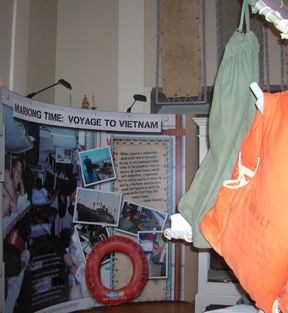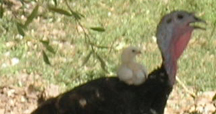Freemasonry emerged from the craft guilds of stone masons during the Middle Ages. This “secret society” became very popular in Colonial America and many of the founding fathers belonged to Masonic Societies, including George Washington, Benjamin Franklin, and John Paul Jones. The Masonic Service Association website defines the organization as “a worldwide fraternity emphasizing personal study, self-improvement, and social betterment via individual involvement and philanthropy.“ Originally, these organizations were limited to men.

















